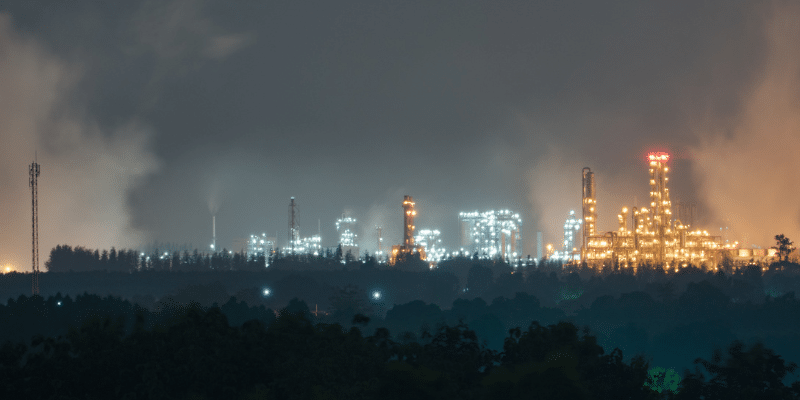
On-site wastewater treatment at industrial parks comes with a range of benefits for the environment and an organization’s bottom line.
For industrial parks, treatment solutions can transform wastewater from a liability into a valuable resource
For decades, industrial parks have looked at wastewater treatment as just another unavoidable expense, a by-product of manufacturing to be managed, regulated, and disposed of. But that mindset is changing quickly. With growing water scarcity, increasing environmental pressures, and a global shift toward circular economies, wastewater is now being recognized as a valuable resource with the potential to generate new revenue.
Forward-looking park operators are beginning to recognize that treating and reusing wastewater on-site offers more than just compliance. It creates the opportunity to recover valuable resources — like water, energy, and nutrients — that can be reused internally or monetized. It also boosts the park’s overall reputation for sustainability, making it more appealing to tenants, investors, and even lenders offering favorable financing.
Water Reuse On-Site
Containerized solutions like Fluence’s NIROBOX™ and Aspiral™ Flex are making it easier than ever to reclaim water at the source. These modular, plug-and-play water and wastewater treatment systems fit seamlessly into existing site layouts and can produce high-quality treated water suitable for reuse in cooling towers, cleaning processes, irrigation, or even some manufacturing applications.
In agri-food and textile parks, where water demand is high and discharge fees are steep, on-site reuse has already helped facilities dramatically reduce their water bills and dependence on strained municipal systems.
Reclaiming Energy
Once water reuse is in place, many industrial parks are discovering there’s even more value to capture – energy. In facilities with high organic loads, anaerobic digestion systems can generate biogas. This renewable fuel can be used to power on-site equipment or provide heat for industrial processes, reducing reliance on fossil fuels and slashing operating costs. In some cases, excess biogas can even be sold back into the grid or shared across park tenants, creating an economic benefit.
Nutrient Recovery
Beyond water and energy, the next frontier is nutrient recovery. With the right systems in place, nitrogen and phosphorus can be extracted from wastewater and repurposed as agricultural fertilizers or soil amendments. Recovered materials reduce environmental impact and can also be sold, reused, or exchanged within the value chain, particularly in vertically integrated agricultural operations.
Financing Options
Of course, turning wastewater into a resource requires investment. That’s why Fluence pairs advanced technologies with flexible financing and delivery models to remove capital barriers and accelerate adoption.
With Water Management Services, industrial parks can implement advanced water reuse solutions without upfront capital. Instead, the customer pays based on performance and usage, enabling a shift from capital investment to operational efficiency. This model reduces risk, accelerates deployment, and ensures expert operation and maintenance.
Instead of considering wastewater a liability, Fluence solutions let you think of it as a source of resilience, resource recovery, and even revenue. By embracing reuse, industrial parks can position themselves at the forefront of sustainable development, strengthening the bottom line while also meeting growing Environmental, Social, and Governance (ESG) expectations and regulatory pressure.
Turn wastewater into an asset for your industrial park. Contact Fluence to explore containerized, performance-based solutions that generate savings, resilience, and even new revenue streams.
